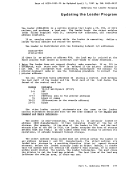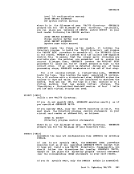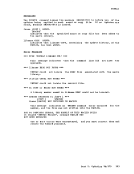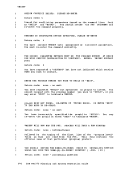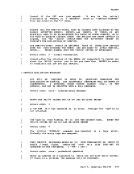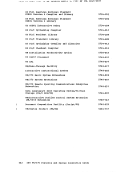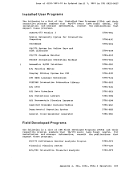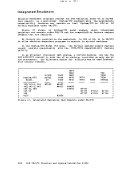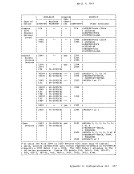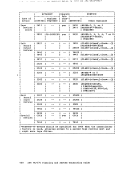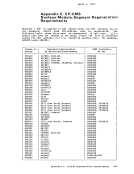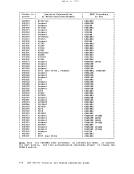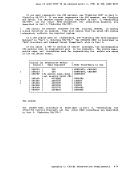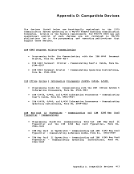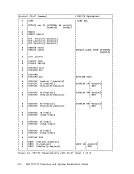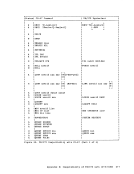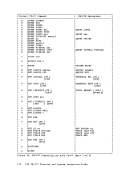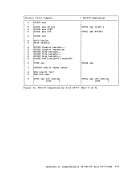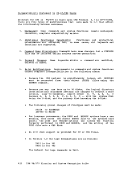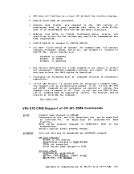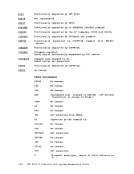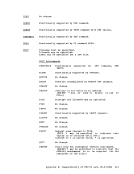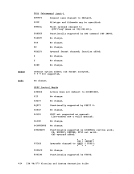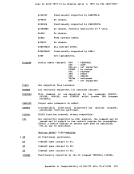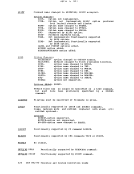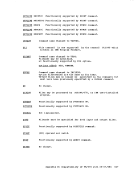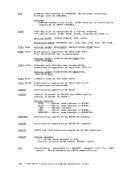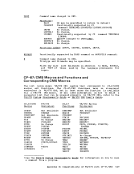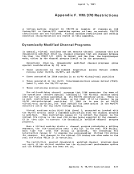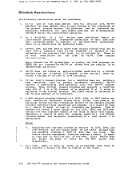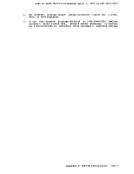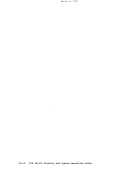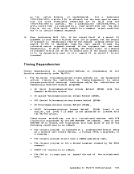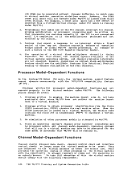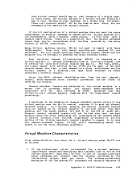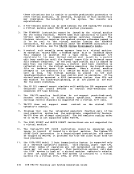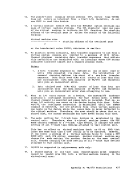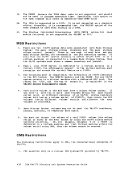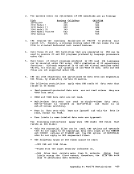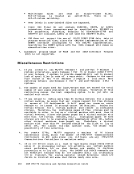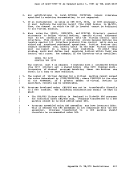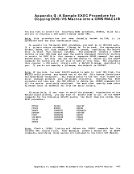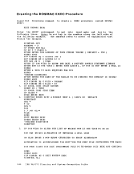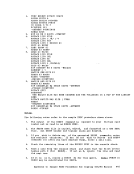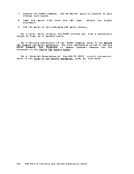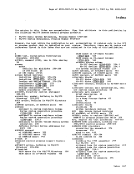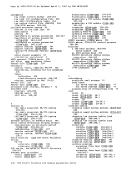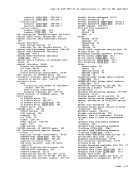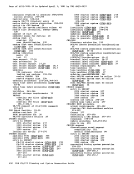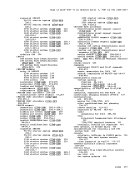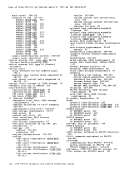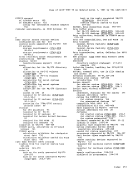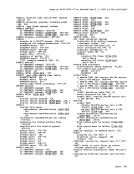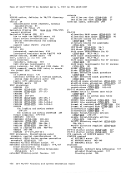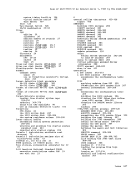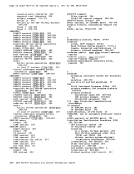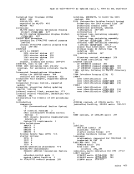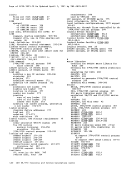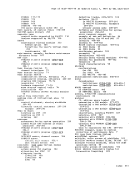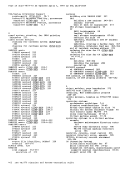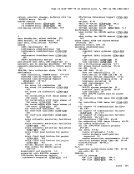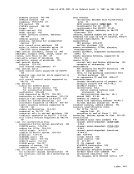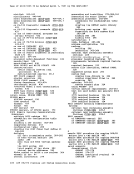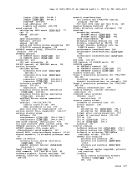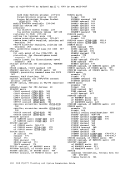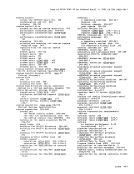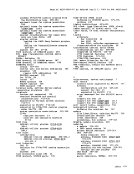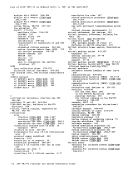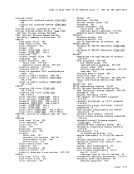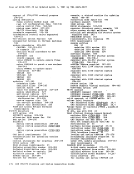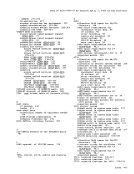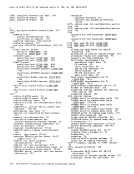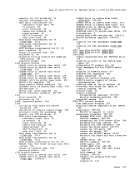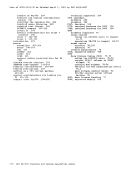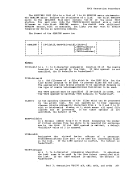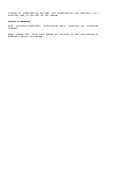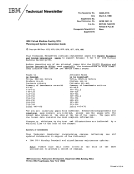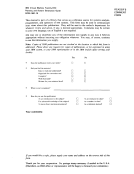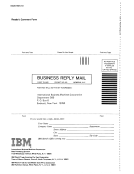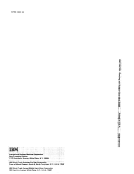12. The pseudo-timer (usually device address OFF, device type TIMER)
does not return an interrupt from a startI/O; therefore, do not
useEXCP to read this device.
13. A virtual machine device1PL with the NOCLEAR option overlays one
page of virtual machine storage. The1PL simulator uses one page
of the virtual machine to initiate the1PL function. The starting
address of the overlaid page is either the result of the following
formula:
virtual machine size
-------------------- = starting address of the overlayed page
2
or the hexadecimal value20000, whichever is smaller. 14. To maintain system integrity, data transfer sequences to and from a
virtual system console are limited to a maximumof 2032 bytes.
Channel programs containing data transfer sequences that violate
this restriction are terminated with an interrupt whoseCSW status
indicates incorrect length and a channel program check.
1. A data transfer sequence is defined as one or more read or
writeCCws connected via chain data. The introduction of
command chaining defines the start of a new data transfer
sequence. Data chain seekCCWs with counts of less than four
are inconsistent with data security ofVM/370 and therefore
will give an inconsitent error.
2. Data chained seekCCWs with counts of less than four are
inconsistent with the data security ofVM/370 and therefore
will give an inconsistent error when attempting to use.
15.When an I/O error occurs on a device, the System/370 hardware
maintains a contingent connection for that device until aSENSE channel command is executed and sense data is recorded. That is, no
otherI/O activity can occur on the device during this time. Under VM/370, the contingent connection is maintained until the SENSE command is executed, but 110 activity frOm other virtual machines can begin on the device while the sense data is being reflected to
the virtual machine. Therefore, the user should be aware that on a
shared disk, the access mechanism may have moved during this time.
16. The mode setting for 7-track tape devices is maintained by the
control unit. Therefore, when a virtual machine issues theSET MODE channel command to a 7-track tape device, it changes the mode
setting of all 7-track tape devices attached to that control unit.
This has no effect on virtual machines (such asOS or DOS) that
issueSET MODE each time a CCW string is to be executed. However,
it can cause a problem if a virtual machine fails to issue aSET MODE with each CCW string executed. Another virtual machine may
change the mode setting for another device on the same control
unit, thereby changing the mode setting of all 7-track tapedevices attached to that control unit. 17. OS/VS2 is supported in uniprocessor mode only.
1A • A shared system or one that uses discontiquous saved segments
cannot be loaded (viaIPL) into a virtual machine running in the
virtual=real area.
Appendix F:VM/370 Restrictions 437
does not return an interrupt from a start
use
13. A virtual machine device
page of virtual machine storage. The
of the virtual machine to initiate the
address of the overlaid page is either the result of the following
formula:
virtual machine size
-------------------- = starting address of the overlayed page
2
or the hexadecimal value
virtual system console are limited to a maximum
Channel programs containing data transfer sequences that violate
this restriction are terminated with an interrupt whose
indicates incorrect length and a channel program check.
1. A data transfer sequence is defined as one or more read or
write
command chaining defines the start of a new data transfer
sequence. Data chain seek
are inconsistent with data security of
will give an inconsitent error.
2. Data chained seek
inconsistent with the data security of
will give an inconsistent error when attempting to use.
15.
maintains a contingent connection for that device until a
other
the virtual machine. Therefore, the user should be aware that on a
shared disk, the access mechanism may have moved during this time.
16. The mode setting for 7-track tape devices is maintained by the
control unit. Therefore, when a virtual machine issues the
setting of all 7-track tape devices attached to that control unit.
This has no effect on virtual machines (such as
issue
it can cause a problem if a virtual machine fails to issue a
change the mode setting for another device on the same control
unit, thereby changing the mode setting of all 7-track tape
1
cannot be loaded (via
virtual=real area.
Appendix F:





















































































































































































































































































































































































































